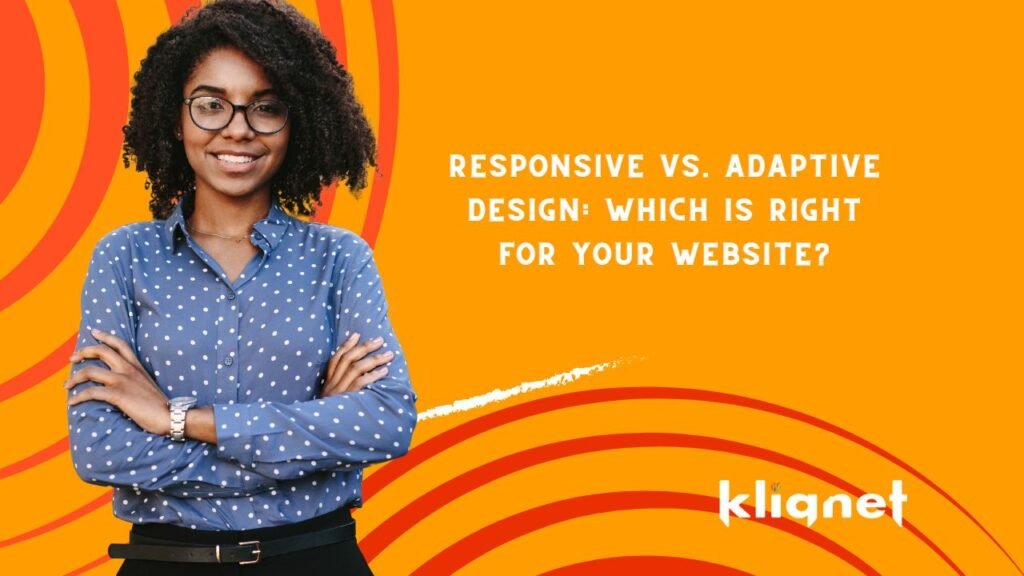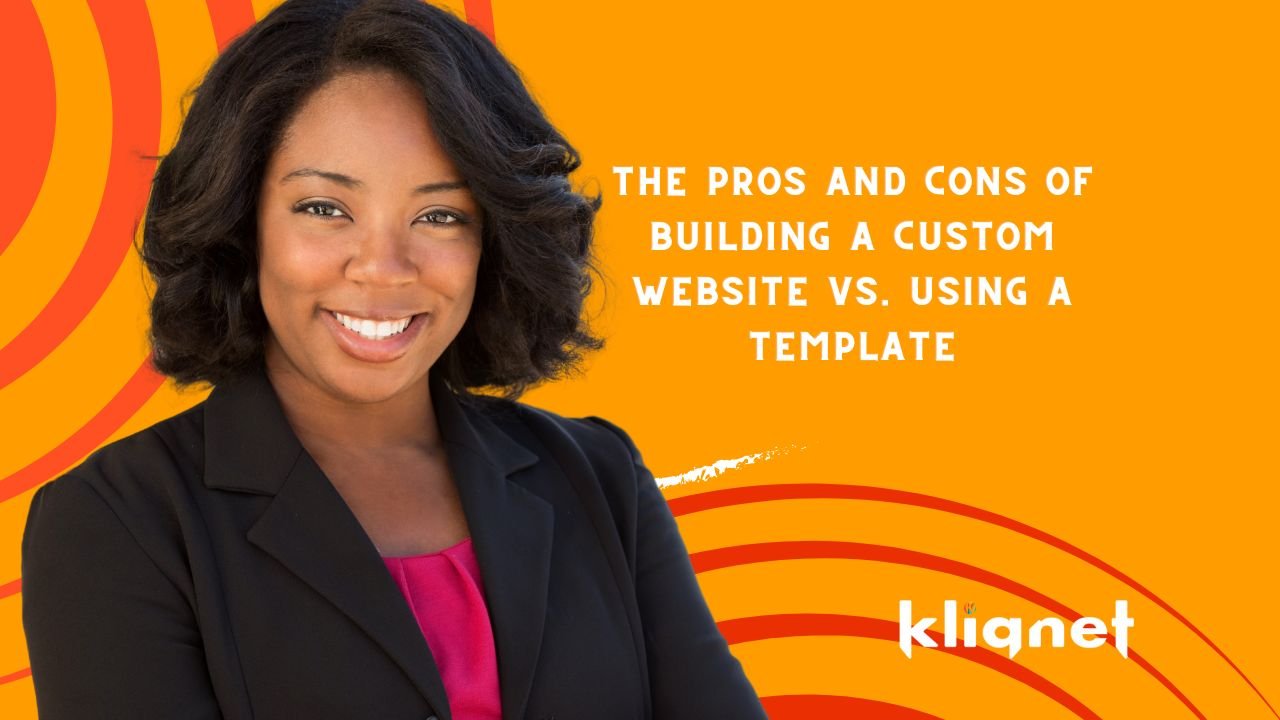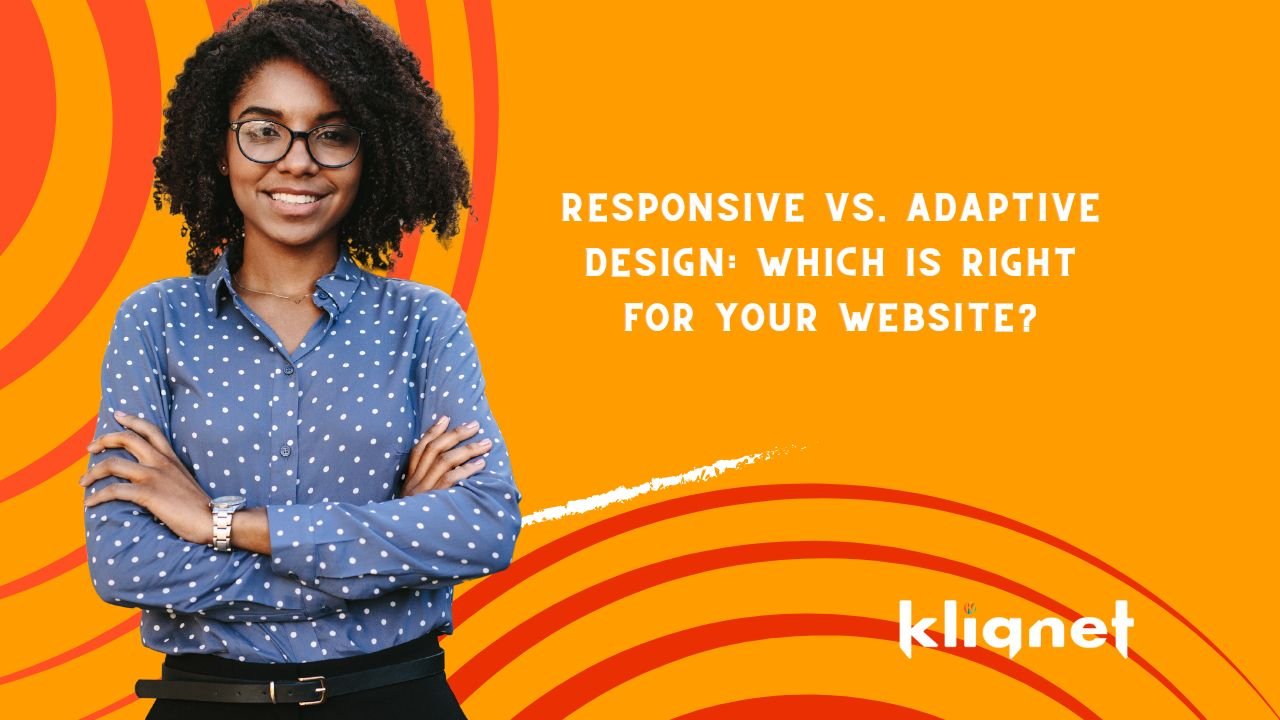When designing a website, one of the most important decisions you will make is how to make it responsive to different screen sizes. This is crucial to ensure that your website looks great and functions properly on all devices, from desktop computers to smartphones.
There are two main approaches to designing for different screen sizes: responsive design and adaptive design. In this blog post, we will explore the pros and cons of each approach and help you decide which is right for your website.
Responsive Design
Responsive design is a popular approach to web design that involves using flexible layouts, images, and typography to create a website that adapts to the size of the screen it is being viewed on. With responsive design, the layout of the website will change depending on the size of the screen, but the content will remain the same.
Here are some of the pros of using responsive design for your website:
- It’s cost-effective: With responsive design, you only need to design and build one website, which will work on all devices. This is more cost-effective than building multiple websites, each tailored to a specific device.
- It’s user-friendly: Responsive design ensures that your website is easy to use and navigate on any device, which can help to improve user experience and increase engagement.
- It’s good for SEO: Google recommends using responsive design, as it ensures that your website is accessible on all devices, which can improve your search engine rankings.
However, there are some cons to using responsive design:
- It can be slow: Responsive design often requires larger image files and more complex coding, which can slow down your website’s load time.
- It can be less precise: Since responsive design relies on flexible layouts and images, it can sometimes result in less precise control over the design of the website.
Adaptive Design
Adaptive design, on the other hand, involves creating multiple versions of your website, each tailored to a specific device. With adaptive design, your website will detect the device being used to view it and serve up the appropriate version of the website.
Here are some of the pros of using adaptive design for your website:
- It’s fast: Since adaptive design involves serving up a pre-designed version of the website, it can be faster and more efficient than responsive design.
- It’s precise: With adaptive design, you have more control over the design of your website, since each version is tailored to a specific device.
- It’s good for branding: Adaptive design allows you to create a unique brand experience on each device, which can help to improve your branding and customer engagement.
However, there are some cons to using adaptive design:
- It’s more expensive: Since adaptive design involves creating multiple versions of your website, it can be more expensive than responsive design.
- It’s less flexible: If a new device is released that is not covered by your adaptive design, you may need to create a new version of your website to support it.
Which Is Right for Your Website?
The decision to use responsive or adaptive design for your website will depend on a number of factors, including your budget, your design goals, and your target audience. Here are some tips to help you decide:
- Consider your audience: If your audience primarily uses mobile devices, responsive design may be the best choice. However, if you have a specific target audience that uses a particular type of device, adaptive design may be more effective.
- Think about your design goals: If you want precise control over the design of your website, adaptive design may be the best choice. However, if you want to create a website that is easy to use on all devices,
Adaptive design, uses server-side technology to detect the user’s device and deliver a version of the website that’s optimized for it. The website has multiple pre-built layouts that are served based on the device’s screen size, ensuring that the user gets the best experience regardless of what device they’re using. Adaptive design is especially effective for high-traffic websites that have to deliver content to a variety of devices.
So which one is better for your website? As with most things, it depends on your needs. Here are some factors to consider:
- User experience: Both responsive and adaptive design can provide an excellent user experience if executed correctly. However, if your website has a lot of complex interactions and animations, responsive design may not be able to provide the level of control you need.
- Speed: Because responsive design uses a single layout for all devices, it can be slower than adaptive design. With adaptive design, the server sends only the necessary resources to the device, resulting in faster loading times.
- Maintenance: A responsive website requires only one set of code, making it easier to maintain than an adaptive website. With adaptive design, you have to create and maintain multiple layouts, which can be more time-consuming.
- Cost: Generally, adaptive design is more expensive than responsive design because it requires more resources to create and maintain.
In conclusion, both responsive and adaptive design have their pros and cons, and the choice between them depends on your specific needs. If you want a website that works well on all devices and is easy to maintain, responsive design is the way to go. If you need more control over the user experience and have a high-traffic website, adaptive design may be the better option. Ultimately, the choice between responsive and adaptive design comes down to what you want to achieve with your website and what resources you have available.





